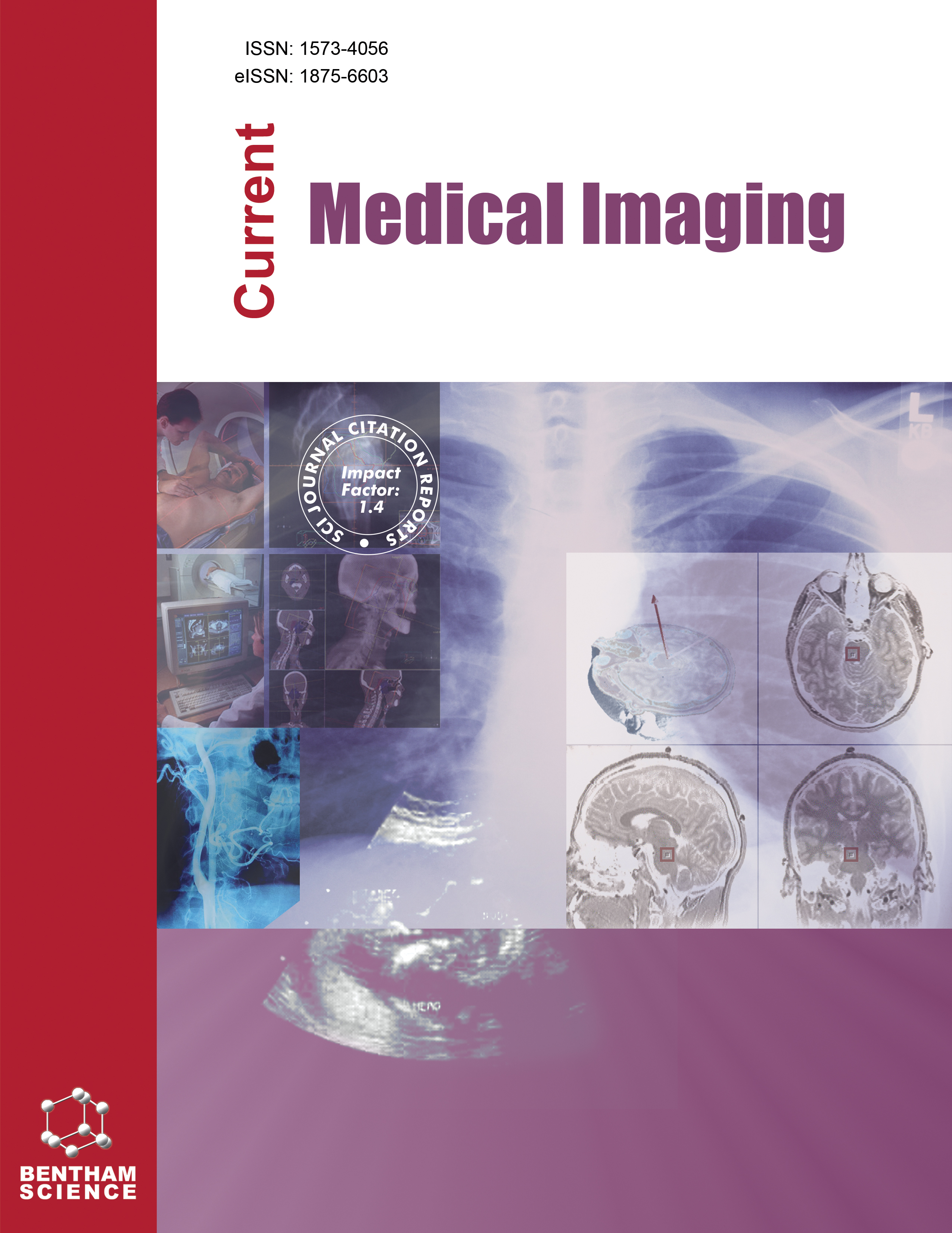-
oa Diagnostic Performance of Deep Learning in Screened Mammogram: Systematic Review
- Source: Current Medical Imaging, Volume 20, Issue 1, Jan 2024, e170423215871
-
- 21 Nov 2022
- 03 Mar 2023
- 01 Jan 2024
Abstract
The usage of artificial intelligence in medical image analysis has significantly surpassed that of earlier related technologies. This paper aimed to investigate the diagnostic accuracy of Artificial Intelligence (AI) based-deep learning models for breast cancer detection.
We used the PICO (Patient/Population/Problem, Intervention, Comparison, Outcome) scheme to formulate the research question and construct our search terms. Studies were systematically examined from the available literature using the constructed search terms from PubMed, and ScienceDirect according to the PRISMA guidelines. The quality of the included studies was assessed using the QUADAS-2 checklist. The characteristics of each included study such as the study design, population, index test, and reference standard, were extracted. The sensitivity, specificity, and AUC for each study were also reported.
In this systematic review, 14 studies were analyzed. Eight studies showed that AI was more accurate than radiologists in evaluating mammographic images, while one comprehensive study found AI to be less precise. Studies that reported sensitivity and specificity without radiologist intervention showed performance scores ranging from 16.0% to 89.71%. With radiologist intervention, sensitivity was between 62% to 86%. Only three studies reported a specificity of 73.5% to 79%. The AUC of the studies was between 0.79 and 0.95. Thirteen studies were retrospective, and one was prospective.
There's inadequate evidence on the effectiveness of AI-based deep learning for breast cancer screening in clinical settings. More research is needed, including studies evaluating accuracy, RCTs, and large-scale cohort studies. This systematic review found that AI-based deep learning improves radiologists' accuracy, especially for novice radiologists. Younger, tech-savvy clinicians may be more accepting of AI. Although it can't replace radiologists, the encouraging results suggest it will play a significant role in identifying breast cancer in the future.
PROSPERO - CRD42021278655


